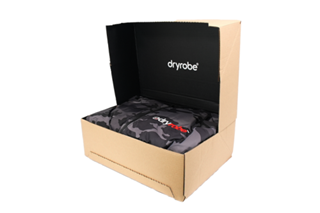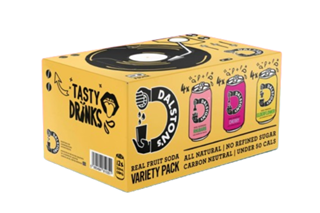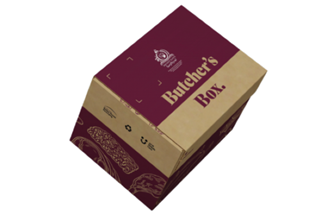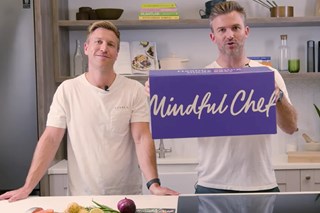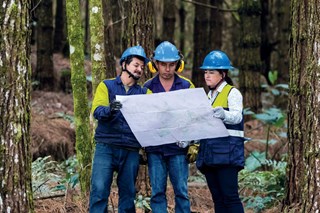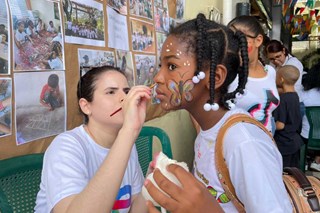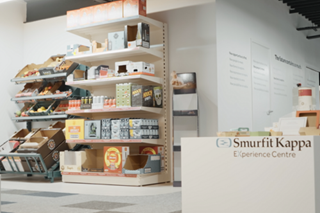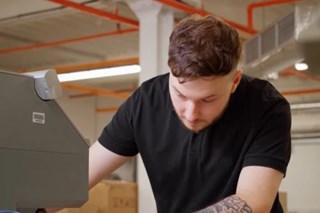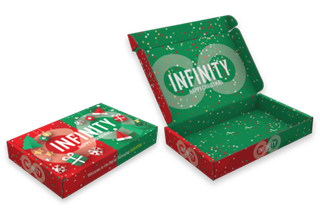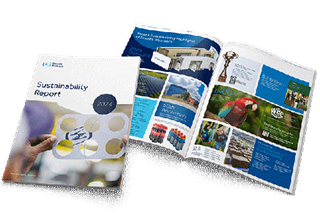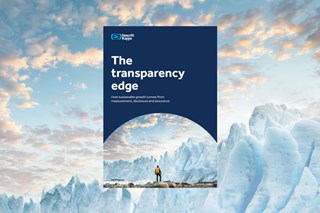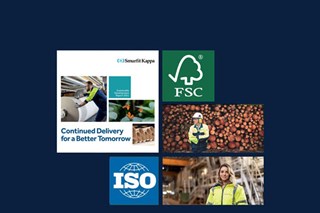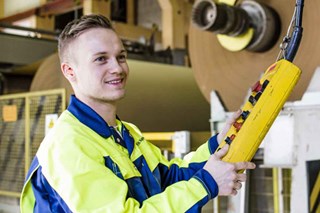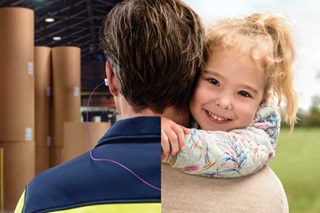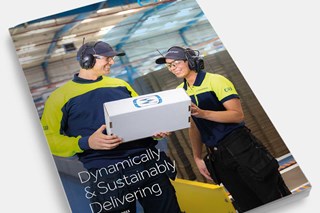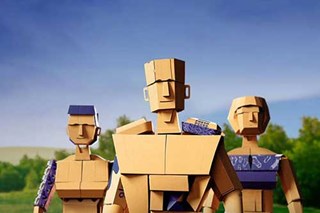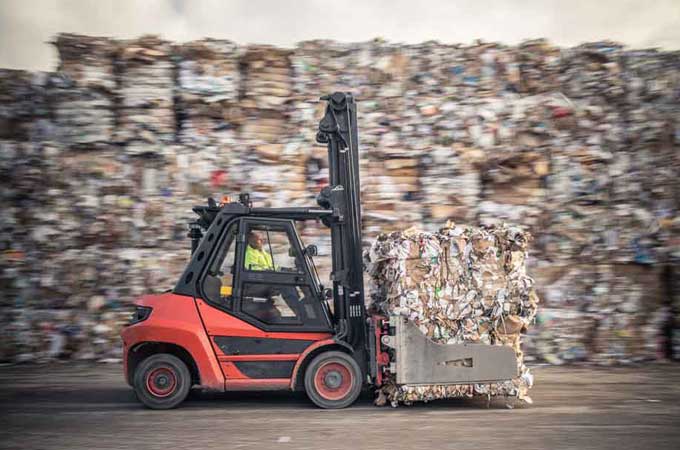Smurfit Kappa is leading recycler of paper and cardboard, reprocessing over 8 million tonnes each year. Our circular business model means we make new boxes from old boxes.
How to have a Zero-Waste Easter

Easter brings about festivities, reunions with family, and, naturally, enjoying delectable chocolate eggs. Yet, it often leads to the creation of what's labelled as 'waste'—from packaging to cards to decorations. However, what might seem like mere used cards and empty Easter egg boxes are, in reality, valuable resources for the production of paper and packaging materials.
But fear not! Smurfit Kappa, one of the UK’s leading recyclers of paper and cardboard, is sharing some simple tips and tricks, so you can have a zero-waste Easter without sacrificing any of the fun.
Easter Egg Packaging: How To Recycle.
Ever wondered just how many chocolate Easter eggs fly off the shelves in the UK each year? Brace yourself—between 80 and 90 million! That's enough to fill an entire chocolate wonderland, but it also means a mountain of potential waste, especially when you consider all that packaging.
Confectionery companies are heeding consumer concerns and making changes to Easter egg packaging. They're shifting towards materials like recyclable cardboard and redesigning packs to reduce the amount of packaging needed.
The good news about cardboard Easter egg packaging is that’s its 100% recyclable and actually gets recycled! Paper-based packaging has the highest recycling rate worldwide, thanks to the efforts of consumers and local government recycling systems.
So, how can you play your part in this eco-friendly egg-stravaganza? It's as simple as flattening the box, popping it into your recycling bin, and waiting for your curbside collection.
Don’t forget to recycle your Easter cards too.
While they’re not as common as Christmas cards, many people do still send Easter cards. According to the Greeting Card Association the UK spends over £8 million on single Easter cards.
Once you’re done displaying them, these can be recycled at home, along with their envelopes, in your recycling bin, providing they don’t have glitter or foil on them, in which case they should go in your general waste bin.
What happens to my Easter Egg packaging and cards recycling?
Indulge in your Easter egg treats without a hint of guilt, knowing that once you toss your cardboard packaging into the recycling bin, it's on its way to a whole new life. And guess what? That cardboard box isn't a one-hit wonder—it can be recycled up to a whopping 25 times!
Let's talk success stories: paper and cardboard recycling are shining stars in the sustainability world, boasting the title of the most recycled packaging material in the world. It's a win we should all be cheering for!
But wait, there's more to this recycling journey! After collection, your used cardboard embarks on a transformational adventure. It's sorted, compacted into bales, and shipped off to facilities like Smurfit Kappa, where the magic happens. There, through the power of pulping, your cardboard is broken down, cleaned up, and reborn into fresh paper. This paper goes on to make new cardboard and packaging, closing the sustainability loop.
Other Ways to Have a Zero-Waste Easter:
Choose Minimal Packaging: Opt for Easter eggs with less packaging or packaging made from recyclable materials whenever possible.
Recycle Easter Cards: After the festivities, recycle any Easter cards and envelopes without glitter or foil in your regular recycling bin.
DIY Decorations: Get creative and make your Easter decorations using recyclable materials or items you already have at home.
Mindful Consumption: Be mindful of your consumption during Easter festivities, whether it's food, decorations, or gifts. Choose quality over quantity and aim to reduce waste wherever possible.
With a little planning and effort, you can enjoy a zero-waste Easter that's both eco-friendly and enjoyable for the whole family. Let's celebrate the season while taking care of the planet!

